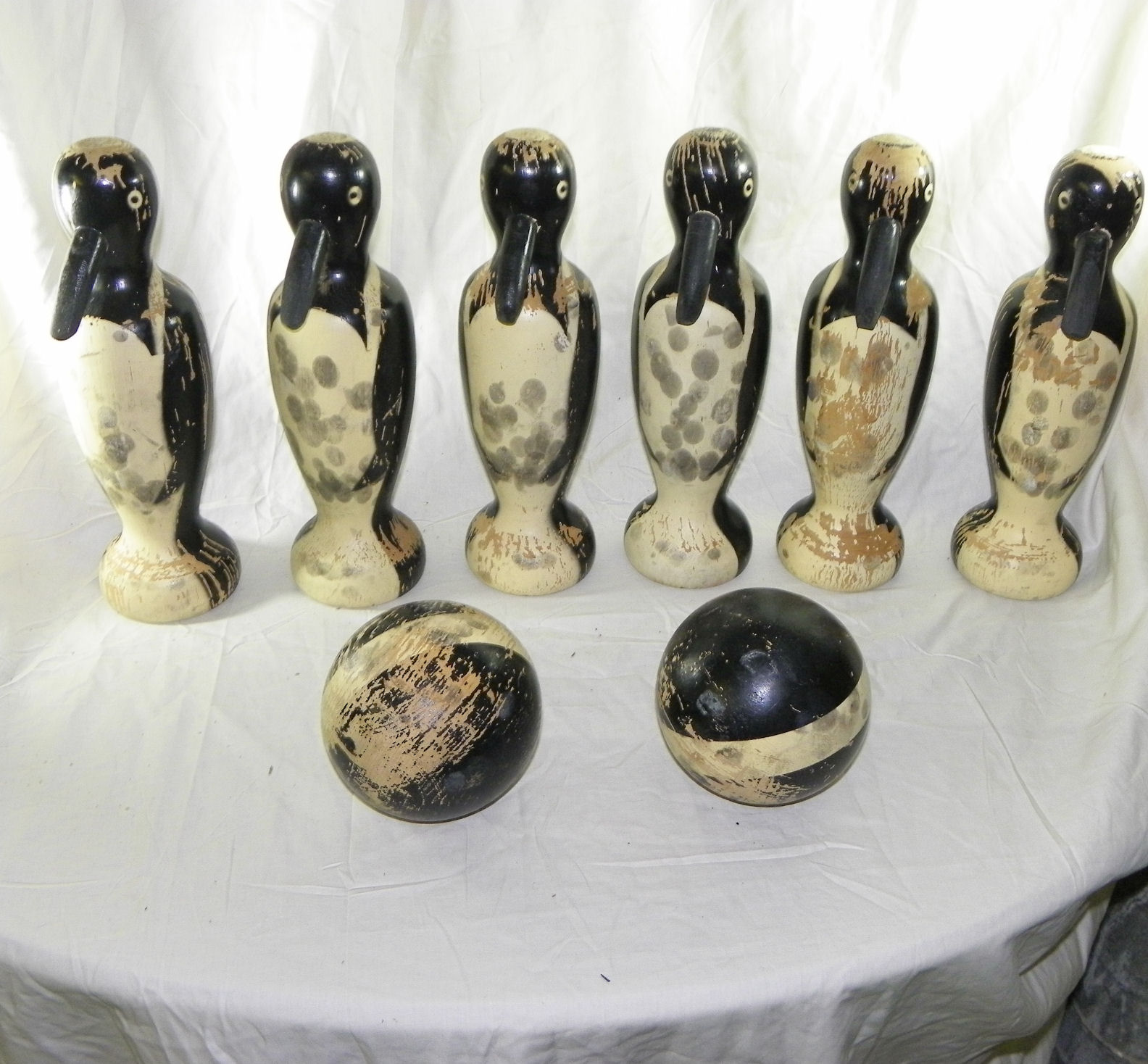

The rules of dozens of dice games played in the 16th century were not dissimilar to those of the modern card-game pontoon. “No soldier to use dice or cards for money except within the twenty days of Christmas, or else at any of the gates of the town, or within the watch-houses, market-place, or Tolbooth, under pain of three days imprisonment, and the stakes to be forfeited to the Queen's bridge at Berwick.” In particular, ordinances were issued against gambling among soldiers and sailors: for example, this one for the garrison at Berwick issued in 1560:

The frequency with which the records mention breaches of the rules suggest that the government’s efforts were largely in vain. No artisan, husbandman (a small farmer lower in status than a yeoman), labourer, fisherman, waterman or servingman was permitted to play tennis, bowls, quoits, dice, skittles or other ‘unlawful’ games, except at Christmas. In 1542, a comprehensive act was passed against popular games. The heart of the authorities’ concern throughout the period from around 1512 to the end of Elizabeth’s reign in 1603 was that, instead of keeping up the regular archery practice that had been a feature of medieval life, the lower orders were ‘creep(ing) into bowling alleys, and ordinary dicing houses’.

The government waged a constant war on it, trying to licence taverns and preventing less reputable inns from allowing gaming to take place. We turn now to the most popular Tudor game of all – gambling on dice. In Henry VIII: King and Court (2001), Alison Weir states that “in 1541 Henry himself forbade anyone with an income of less than £20 (£6,000) ‘play any game for money’, making it clear that he preferred them to practise archery”.Ĭhess and tables were also popular among the lower classes – indenture records for the reign of Henry VI show that apprentices were forbidden from ‘frequent(ing) the tavern or play(ing) at dice or chess…’ Gambling on dice In the rules for the gentlemen of Henry VIII’s privy chamber, ‘immoderate and continual’ playing of cards, tables or dice was forbidden, although ‘moderate’ play of chess, tables and cards was allowed.

Together with chess, tables was enjoyed by Chaucer’s pilgrims (in The Canterbury Tales) in the 14th century, and again in Catherine of Aragon’s inventory a ‘pair of tables’ of pearl (with the counters missing) was listed. TablesĪnother game recognisable today was tables, now known as backgammon. The game was so much a part of court life that Henry VIII’s accounts show a payment made to a cook for creating two chessboards and men of sugar, decorated with gold, for a banquet. Katherine Parr, Mary, Queen of Scots and Elizabeth I are also known to have played chess. 'Playing Chess', engraved by T Fry, 16th century.


 0 kommentar(er)
0 kommentar(er)
